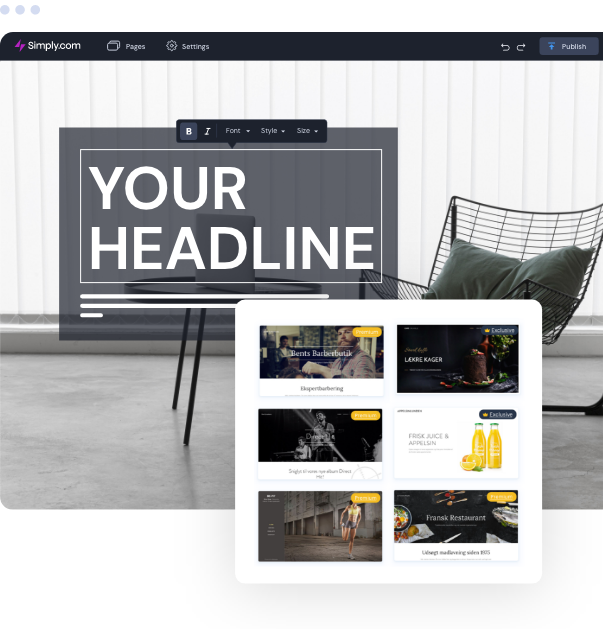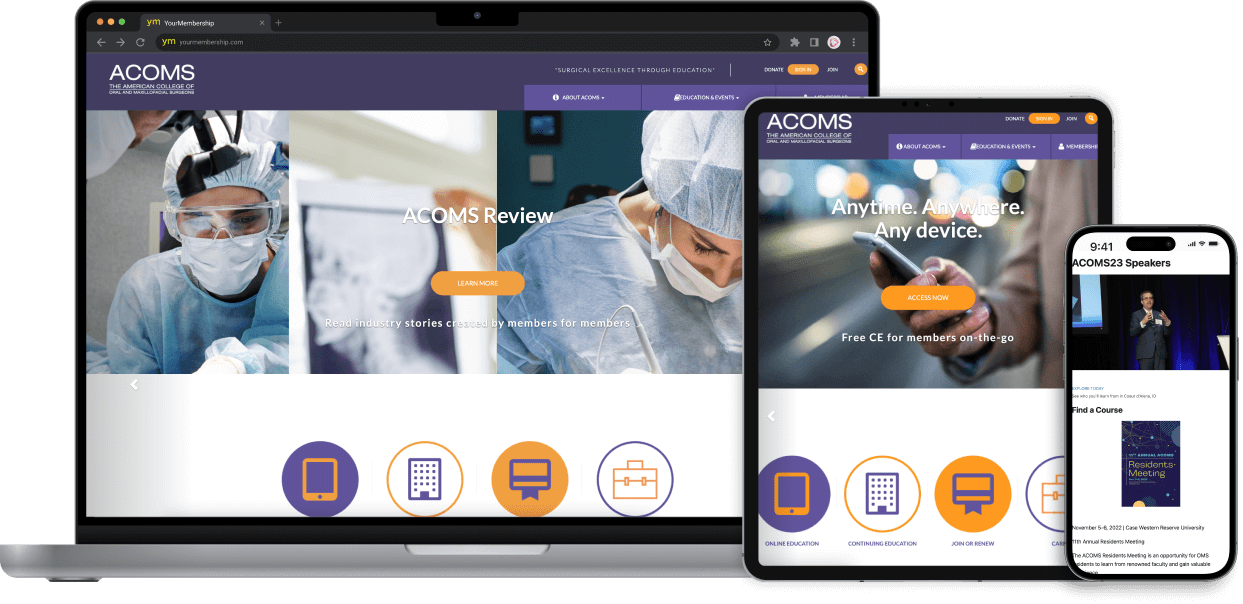How Professional Website Design Helps Build Trust with Your Audience
How Professional Website Design Helps Build Trust with Your Audience
Blog Article
Modern Internet Site Style That Captures Interest and Converts
In an increasingly electronic landscape, modern website style has arised as an essential factor in recording individual focus and driving conversions. As we check out these crucial components, it ends up being clear that comprehending their interaction can considerably impact an internet site's efficiency and individual contentment.
Relevance of Visual Hierarchy
Aesthetic power structure is a vital aspect in website design, as it guides customers' interest and enhances their general experience. By purposefully organizing web content, developers can route users to one of the most crucial info first, thereby enhancing involvement and improving usability. Reliable visual power structure utilizes various strategies, consisting of size, spacing, comparison, and color. Larger aspects naturally attract the eye, while contrasting shades can emphasize vital messages, making them stick out among more subdued elements.
Integrating a rational circulation in content setup is crucial; for instance, putting one of the most important info on top of a web page cultivates prompt acknowledgment. Consistent use of typography, such as varying font sizes and designs, assists develop a clear content structure. This company not just help in navigation but additionally constructs trust, as users really feel a lot more comfortable when they can quickly locate what they are trying to find.
Inevitably, a well-executed aesthetic power structure not only improves visual charm yet also significantly affects user behavior. By prioritizing important elements and making sure a smooth experience, designers can efficiently transform site visitors right into customers, strengthening the value of this fundamental style principle in modern-day website development.
Responsive Style for All Instruments
Developing a seamless experience across different tools is necessary in today's electronic landscape, where users access internet sites from tablet computers, smartphones, and desktops alike. Responsive style is an important strategy that guarantees internet sites adjust fluidly to various screen dimensions, positionings, and resolutions. By employing flexible grids, photos, and CSS media queries, developers can develop layouts that maintain visual integrity and performance, regardless of the device being made use of.
The significance of receptive layout expands beyond visual appeals; it directly influences user interaction and conversion rates. An internet site that functions well on all devices encourages longer visits and minimizes bounce rates, as individuals are extra most likely to engage with material that is very easy to navigate. Moreover, online search engine, especially Google, prioritize mobile-friendly sites in their rankings, making responsive layout an important element of seo (SEARCH ENGINE OPTIMIZATION)
Including receptive style not only improves individual experience yet also improves the growth process. By developing a solitary website that functions across tools, organizations can conserve time and resources contrasted to establishing different mobile and desktop versions. Ultimately, responsive layout is an essential strategy for modern-day internet site layout, making sure access and complete satisfaction for all customers, no matter their tool.
Engaging Interactive Elements
While a receptive layout lays the groundwork for a practical website, integrating engaging interactive aspects is critical for recording individual attention and promoting deeper connections. Website Design. Interactive elements, such as computer animations, tests, and check out here clickable infographics, develop a more dynamic customer experience, motivating site visitors to spend even more time on the website
Integrating interactive functions can also lead individuals through complicated info, making it much easier to absorb web content. As an example, interactive sliders can show item variants, while ingrained videos can offer presentations or endorsements that reverberate even more than fixed photos or message. Gamification methods, like benefits for finishing tasks or involving with material, can enhance individual motivation and retention.
Effective use of interactive aspects not only enhances the individual experience yet can additionally lead to higher conversion rates. It is essential to balance interactivity with performance; excessively complex features might prevent site speed, adversely affecting customer satisfaction.
Structured Navigation Practices
Efficient navigation is a cornerstone of any type of successful internet site, as it directly influences user experience and material access. Streamlined navigation practices ensure that customers can easily situate information, enhancing their communication with the site. A well-structured navigating menu ought to be user-friendly and simple, typically including a limited number of key categories to avoid overwhelming visitors.
To attain structured navigating, developers must focus on a hierarchical structure that realistically organizes web content. Carrying out breadcrumb tracks can supply customers with context about their present location within the site, enabling seamless backtracking. In addition, making use of drop-down food selections can properly save area while still giving accessibility to subcategories.
Receptive layout is essential, as navigating should be useful across all tools (Website Design). Mobile users, particularly, gain from touch-friendly menus and retractable areas that maintain functionality without compromising aesthetic appeals

Effective Call-to-Action Strategies
A well-crafted call-to-action (CTA) is vital for directing users towards wanted end results on an internet site, as it urges them to engage with material or purchase. To maximize their effectiveness, CTAs must be clear, engaging, and strategically positioned throughout the site.
First, make use of action-oriented language that communicates necessity or worth, such as "Begin," "Sign up page with Currently," or "Insurance claim Your Discount rate." This language not just encourages individuals but likewise establishes clear expectations regarding the following steps.
Second, take into consideration layout aspects; CTAs need to stick out aesthetically through contrasting colors, adequate whitespace, and prominent positioning. A switch that is simple to see and click boosts the probability of individual communication.
Furthermore, customizing CTAs based on individual habits or demographics can significantly boost involvement. Tailored messages reverberate a lot more with users, driving higher conversion rates.

Verdict
These parts collectively improve user experience, guaranteeing that site visitors continue to be involved and inspired to check out content additionally. By focusing on these style concepts, businesses can considerably boost individual retention and conversion prices, eventually leading to better success in the electronic landscape.
In a significantly electronic landscape, modern internet site layout has actually emerged as a pivotal aspect in capturing user interest and driving conversions.Aesthetic pecking read the full info here order is a crucial aspect in website style, as it guides users' attention and enhances their overall experience.The relevance of receptive style prolongs past looks; it directly affects individual involvement and conversion rates.Including receptive style not just enhances user experience yet also simplifies the development process. Ultimately, receptive design is a fundamental approach for contemporary web site design, making certain ease of access and fulfillment for all individuals, regardless of their device.
Report this page